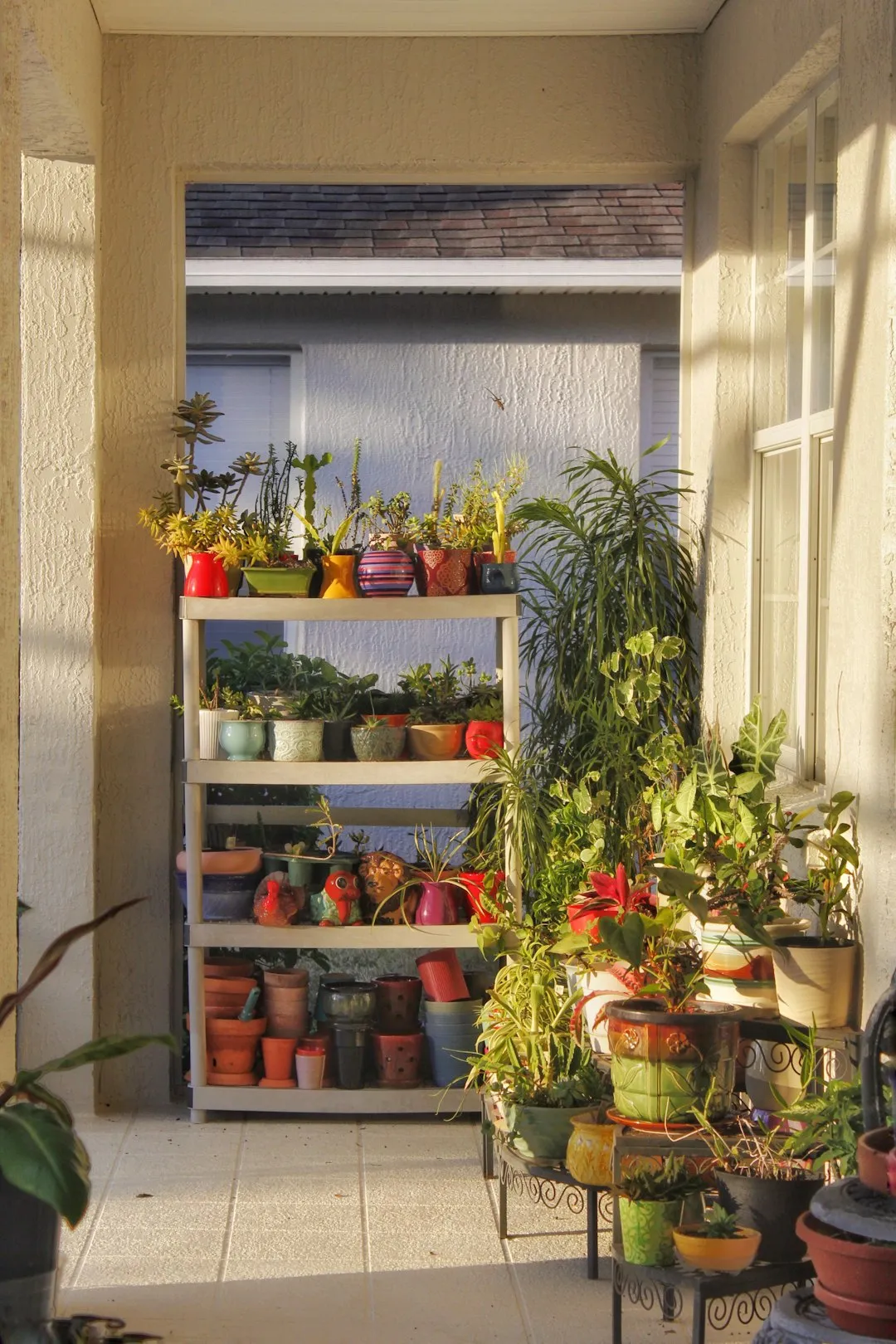The Magic of Maple Trees in Your Landscape

Gardening is a wonderful hobby that allows you to transform your outdoor space into a beautiful and serene oasis. No matter the size of your yard, there is always a way to incorporate stunning elements that add both aesthetic appeal and a touch of nature. One such element that can truly elevate your landscaping is the inclusion of maple trees. These magnificent trees come in various types, each with its own unique characteristics, and they are sure to fit your needs and bring spectacular color to your garden.
Maple trees are known for their vibrant foliage, which changes color throughout the seasons. In the spring, they burst forth with fresh, green leaves that provide a lush backdrop for other plants in your garden. As summer progresses, the leaves deepen in color, creating a rich and inviting atmosphere. But it is in the fall that maple trees truly steal the show. Their leaves turn into a kaleidoscope of oranges, reds, and yellows, painting your yard with a breathtaking display of color that is simply unforgettable.
One of the great things about maple trees is that they come in different sizes, making them suitable for yards of all dimensions. If you have a small yard, you might consider a dwarf or compact variety of maple tree. These trees typically grow to a height of 6 to 10 feet and have a more compact growth habit, making them perfect for small spaces. Some popular dwarf maple varieties include the Japanese maple (Acer palmatum), which is known for its delicate, lacy leaves and stunning fall color, and the Amur maple (Acer ginnala), which is a hardy and adaptable tree that can tolerate a wide range of growing conditions.
For medium-sized yards, you have a wider range of options. Trees like the red maple (Acer rubrum) and the sugar maple (Acer saccharum) are excellent choices. The red maple is known for its fast growth rate and brilliant red fall foliage. It can reach a height of 40 to 60 feet, making it a great focal point in your landscape. The sugar maple, on the other hand, is famous for its sweet sap, which is used to make maple syrup. It also has beautiful fall color, with leaves that turn shades of orange, red, and yellow. Sugar maples can grow to a height of 60 to 75 feet, so they need a bit more space to spread out.
If you have a large yard, you can go for the grandeur of the silver maple (Acer saccharinum) or the Norway maple (Acer platanoides). The silver maple is a fast-growing tree that can reach a height of 50 to 80 feet. It has distinctive silver - undersides on its leaves, which give it a unique appearance. The Norway maple is also a large tree, growing up to 40 to 60 feet tall. It is known for its dense foliage and tolerance to urban conditions, making it a popular choice for large landscapes and parks.
When planting maple trees, it is important to choose the right location. Most maple trees prefer well - drained soil and partial to full sun. However, some varieties, like the Japanese maple, can tolerate more shade. Make sure to dig a hole that is wide and deep enough to accommodate the tree's root ball. After planting, water the tree thoroughly and add a layer of mulch around the base to help retain moisture and suppress weeds.
Another aspect to consider is the maintenance of maple trees. While they are generally low - maintenance, they do require some care. Regular pruning is important to maintain the tree's shape and health. Pruning should be done during the dormant season to avoid causing damage to the tree. You should also keep an eye out for pests and diseases, such as aphids, scale insects, and verticillium wilt. If you notice any signs of problems, it is best to consult a professional arborist for advice on treatment.
In addition to their aesthetic value, maple trees also provide many environmental benefits. They help to improve air quality by absorbing pollutants and releasing oxygen. Their shade can also help to cool your home in the summer, reducing your energy costs. And they provide habitat for birds and other wildlife, adding to the biodiversity of your yard.
So, whether you have a tiny urban garden or a sprawling rural estate, there is a maple tree that is perfect for you. By carefully selecting the right variety and providing proper care, you can enjoy the beauty and benefits of these amazing trees for years to come. Transform your yard into a colorful haven with the addition of a maple tree, and let nature's artistry unfold right in your own backyard.
As you plan your landscaping, take the time to research different maple tree varieties and how they will fit into your overall design. Consider the tree's mature size, growth rate, and color preferences. With a little planning and effort, you can create a landscape that is not only visually stunning but also sustainable and environmentally friendly. Embrace the magic of maple trees and watch as your yard becomes a living masterpiece.